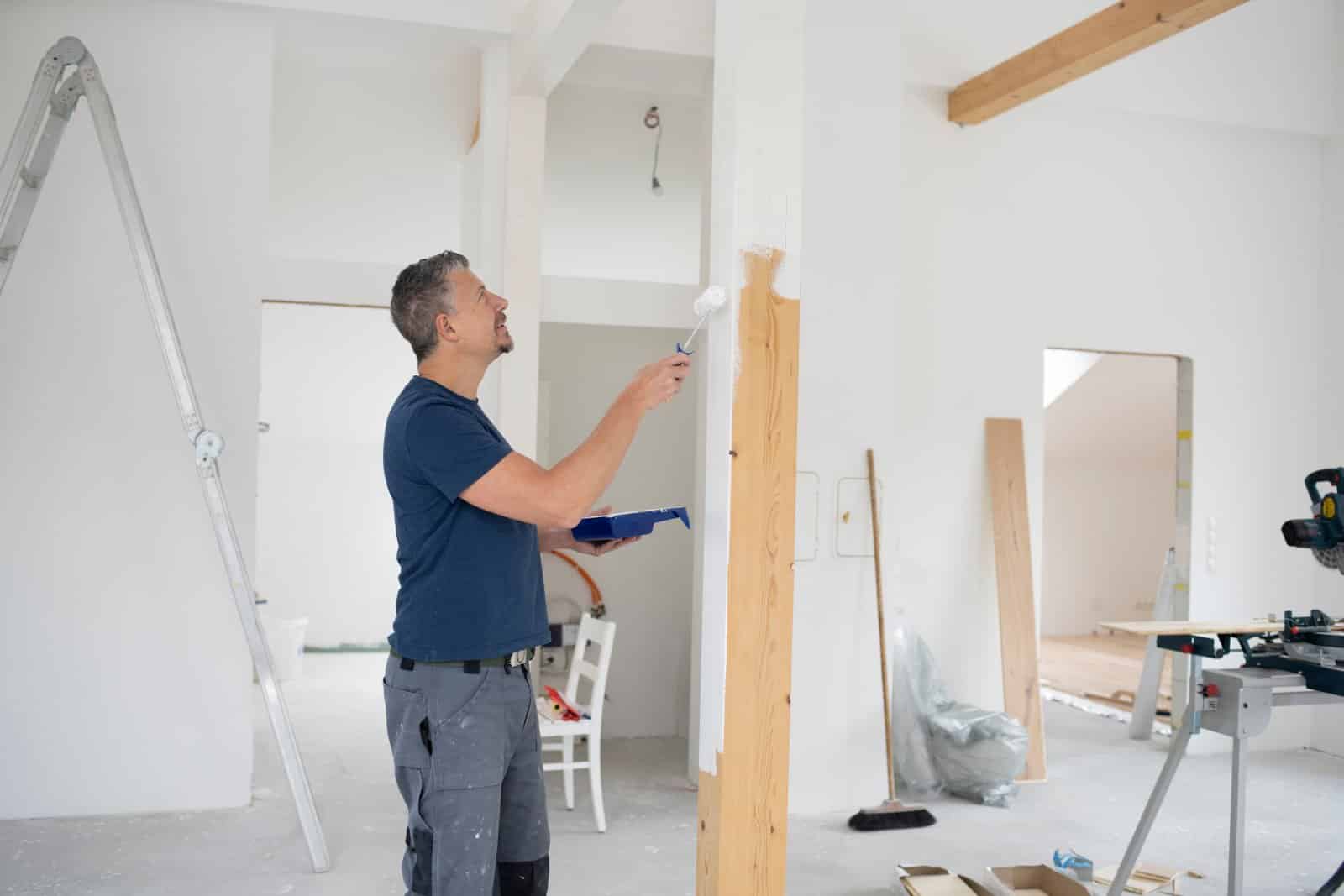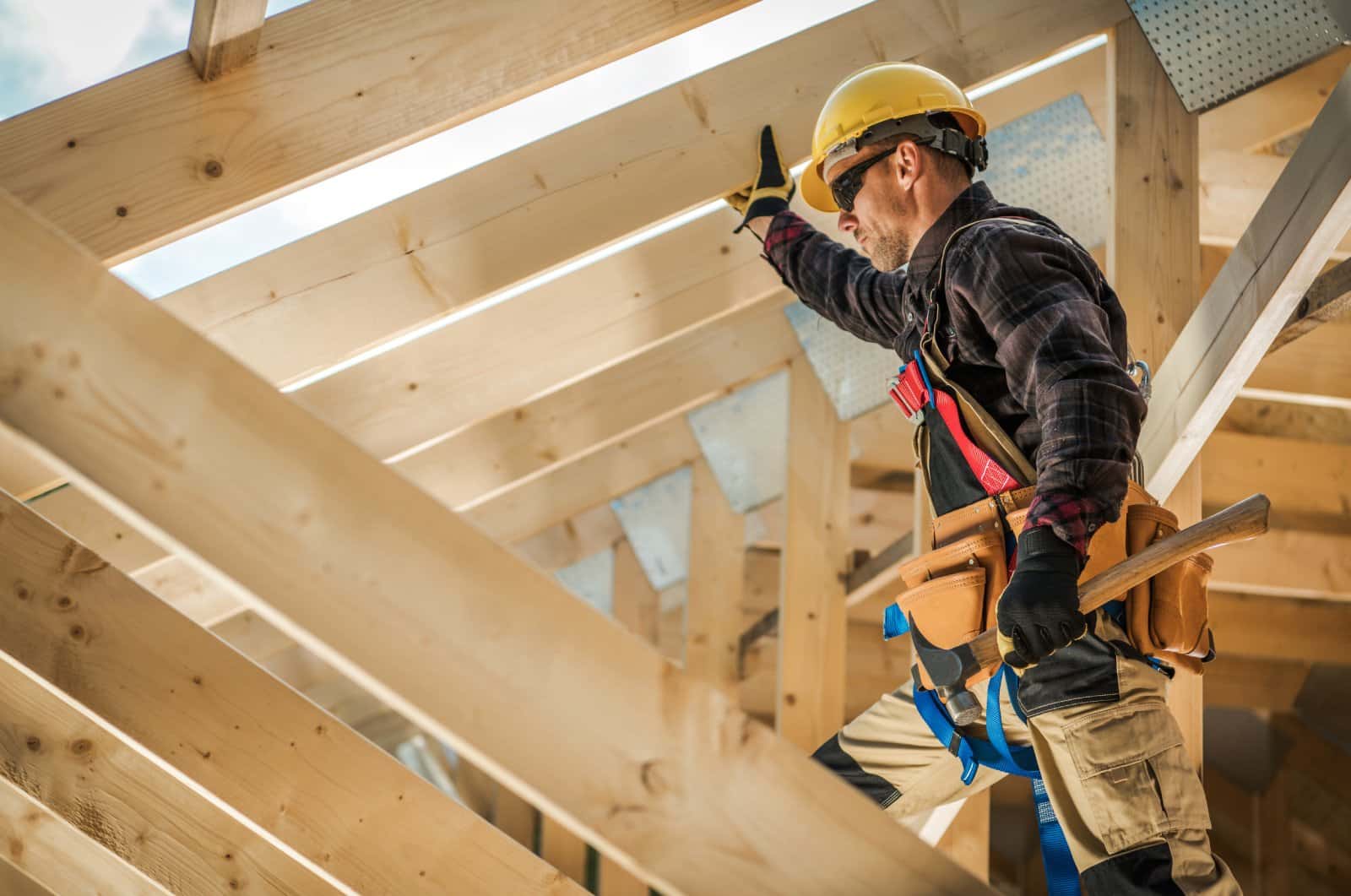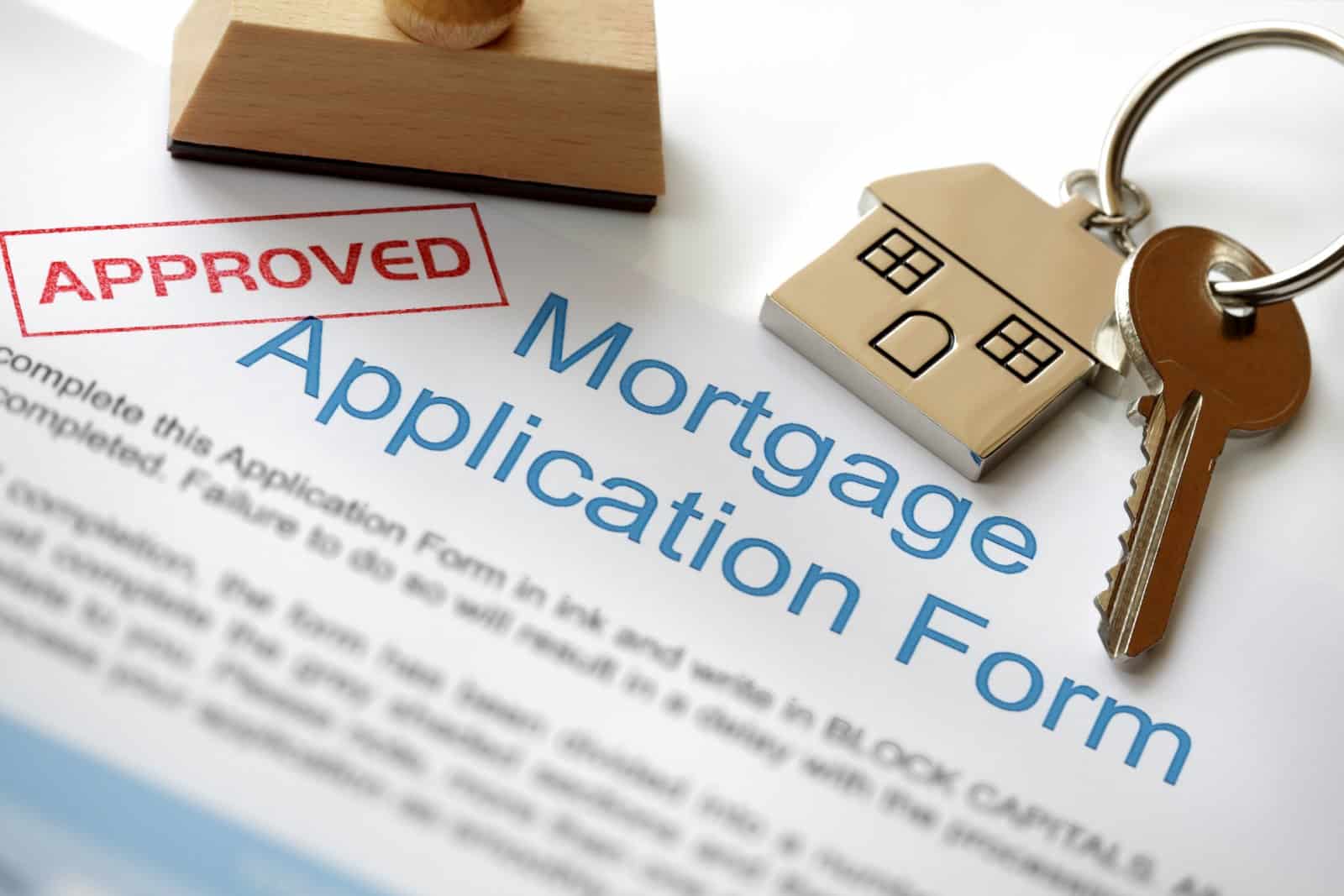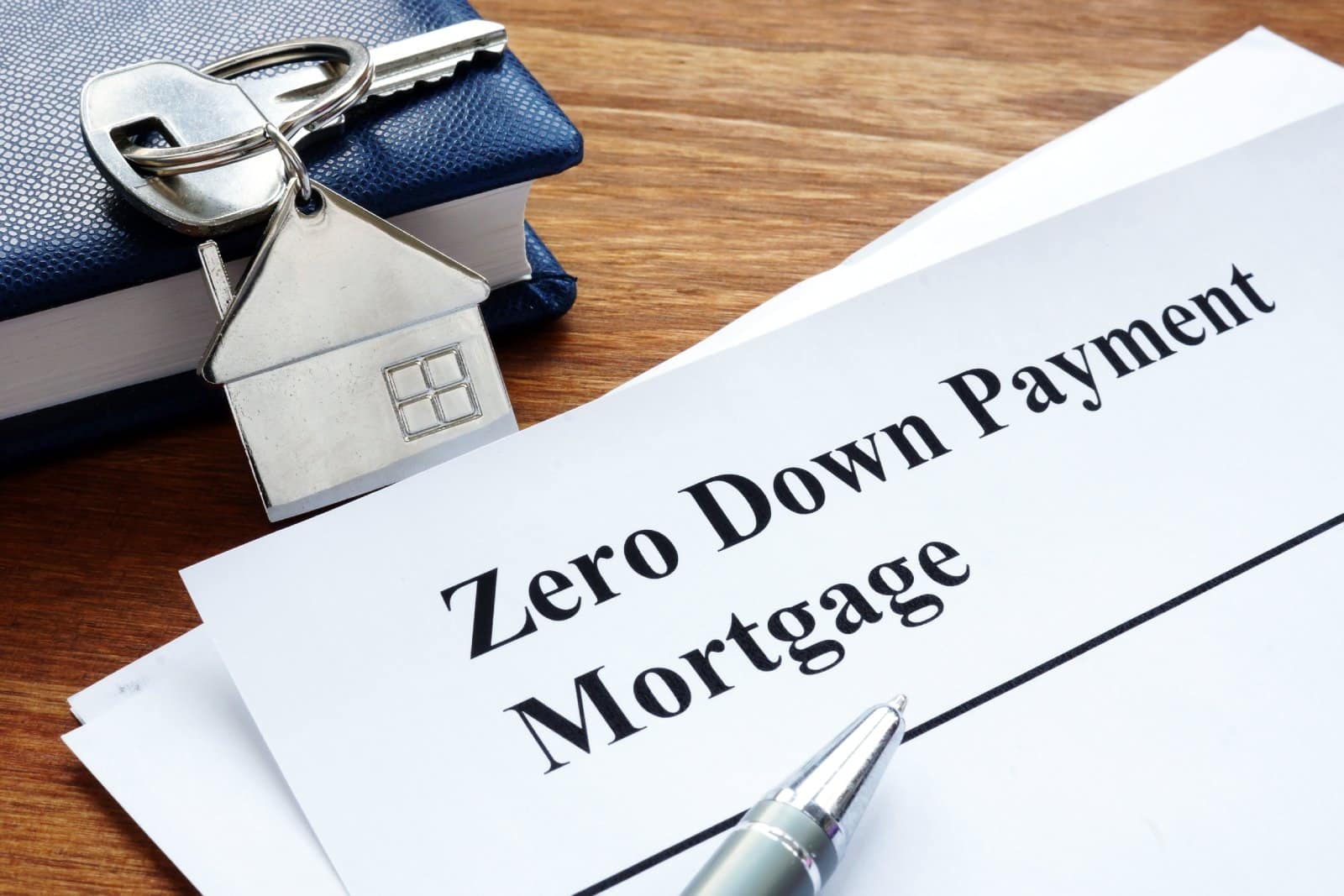The ever-fluctuating housing market has been the topic of speculation for decades. Financial experts, economists, and even regular home buyers often wonder about the stability of this sector. While it’s impossible to predict the future with certainty, there are certain signs that can provide clues. Here, we’ll explore key indicators – some suggesting a crash and others hinting at continued stability.
#1. Rising Interest Rates → Crash

If central banks increase interest rates, it can make mortgages more expensive, leading to decreased demand for houses and potentially a drop in prices.
#2. Overvaluation → Crash

When house prices surpass what’s sustainable by income levels, it might indicate a looming bubble.
#3. High Levels of Debt → Crash

Consumers overleveraged with debt, especially mortgages, might default with a slight economic downturn.
#4. Speculative Buying → Crash

An abundance of people buying homes to flip for a quick profit is a sign of an overheated market.
#5. Deterioration in Home Affordability → Crash

If the majority can’t afford homes based on their income, demand might decrease.
#6. Influx of “Easy” Money → Crash

Too much capital chasing too few homes can inflate prices beyond sustainable levels.
#7. Declining Construction → Crash

A consistent fall in new home construction might indicate that builders are anticipating lower demand.
#8. Changes in Tax Policy → Crash

Governments removing or reducing property tax deductions or other housing benefits can impact buyer enthusiasm.
#9. Steady Economic Growth → Boom

A thriving overall economy with abundant jobs can lead people to buy homes, supporting housing prices.
#10. Limited Housing Supply → Boom

Low housing inventory compared to demand can keep prices stable or rising.
#11. Strict Lending Standards → Boom

Tightened post-2008 lending standards make it harder for high-risk buyers to get mortgages.
#12. Strong Rental Market → Boom

A robust demand for rentals offers homeowners a safety net, as they can rent out.
#13. Population Growth → Boom

A continuous increase, especially in urban areas, can keep the demand for housing high.
#14. Government Support → Boom

Programs that back homeownership, like tax incentives, can sustain demand.
#15. Stable Global Economy

Foreign investments, especially in premier cities, can bolster the housing market.
In the complex dance of economic factors, the housing market’s fate lies in a delicate balance. While we’ve outlined some signals here, it’s essential to recognize their interplay and the broader geopolitical scenario. Investing in real estate requires careful consideration, due diligence, and sometimes, a bit of luck. Stay informed, stay alert, and make decisions tailored to your individual situation.
The post 15 Signs the Housing Market is Teetering Between Boom and Bust first appeared on Career Step Up.
Featured Image Credit: Shutterstock / SaiArLawKa2.
The content of this article is for informational purposes only and does not constitute or replace professional financial advice.

